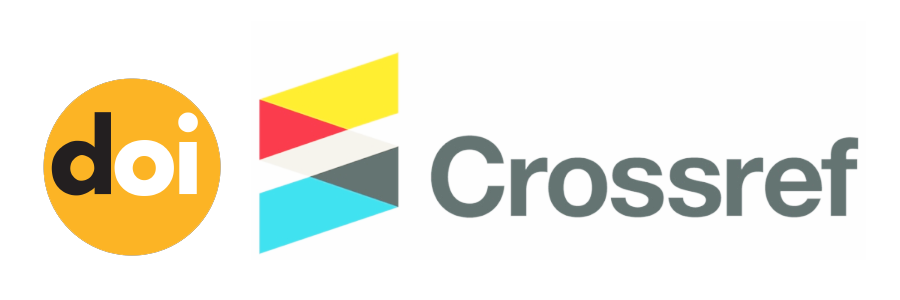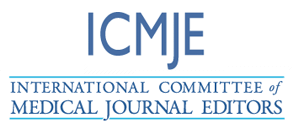Retrosternal Goiter with Acromegaly – An Airway challenge
DOI:
https://doi.org/10.55677/IJCSMR/V3I7-04/2023Keywords:
Case Report; Acromegaly; Retrosternal Goiter; MedicineAbstract
Background: Patients with acromegaly may present with a goiter. Moreover, patients with acromegaly are more prone to develop severe airway obstruction and breathing difficulties during induction therapy because of enlargement of the tongue, hypertrophy of soft tissue and mandibular prognathism as a sequela of the underlying acromegaly. Here we have described successful airway management in patient with difficult airway with retrosternal goiter and acromegaly.
Case Presentation: A 29-year-old female presented to our tertiary care hospital with the complaints of swelling in the anterior aspect of the neck, headache, amenorrhea and a change in voice which she noticed progressively increasing in the last 10 years. Examination revealed thyroid enlargement of about 8 cm with regular margins and smooth surface. In order to ensure airway safety, an airway management was prepared preoperatively that included high flow nasal oxygen on standby and ear-nose and throat surgeons on standby with small and long ventilating bronchoscope for tracheostomy if required. A pre-extubation check scopy was done which showed mobile bilateral vocal cords. A cuff leak test was performed which was negative. The patient was successfully extubated and kept in the recovery room for 7 days.
Conclusion: A careful preoperative assessment and appropriate planning is necessary during intubation as well as extubation in such patients to avoid life threatening complications because of the difficult airway.
References
Sun X, Chen C, Zhou R, Chen G, Jiang C, Zhu T. Anesthesia and airway management in a patient with acromegaly and tracheal compression caused by a giant retrosternal goiter: a case report. Journal of International Medical Research. 2021 Apr;49(4):0300060521999541.
Tan PC, Esa N. Anesthesia for massive retrosternal goiter with severe intrathoracic tracheal narrowing: the challenges imposed-A case report. Korean Journal of Anesthesiology. 2012 May 24;62(5):474-8.
Pan Y, Chen C, Yu L, Zhu S, Zheng Y. Airway Management of Retrosternal Goiters in 22 Cases in a Tertiary Referral Center. Therapeutics and Clinical Risk Management. 2020;16:1267.
4. Kamath SS, Naik SA, Pratiksha NP. Retrosternal Goitre-An Anaesthetic Challenge. Journal of Clinical & Diagnostic Research. 2019 Feb 1;13(2).
Downloads
Published
How to Cite
Issue
Section
License
Copyright (c) 2023 International Journal of Clinical Science and Medical Research

This work is licensed under a Creative Commons Attribution 4.0 International License.












